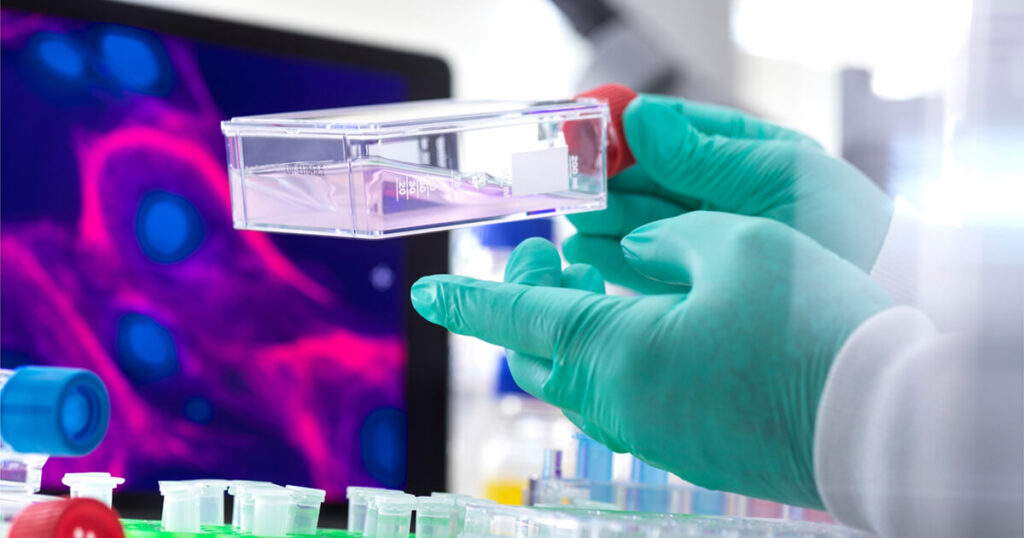A team of researchers from the United States presented a case study at the Retrovirus. And Opportunistic Infections Conference in Denver, Colorado, saying a patient in New York is World’s first woman cured of HIV and the third person in the world to be cured of HIV after receiving a new type of stem cell transplant. It is a breakthrough that offers hope for a cure for HIV and could help make treatment more accessible to more people.
Nearly 38 million people worldwide are living with HIV, and about 73 percent of them are treated with powerful antiretroviral drugs that can keep the virus at low levels so it is not contagious. The middle-aged woman of mixed ethnicity is the first person to receive cord blood, having been diagnosed with HIV in 2013 and leukemia in 2017.
In August of the same year, she received a cord blood stem cell transplant from a donor with a rare genetic disorder who naturally gives her HIV-resistant immune cells, and blood from her relatives, to treat acute myeloid leukemia (AML), a cancer that begins in the blood-making cells in the bone marrow. Since the successful transplant, the woman has been in remission with no complications. And HIV-free for 14 months, without the need for antiretroviral therapy.
The haplo-cord transplant, developed by the Weill Cornell team to expand cancer treatment options for patients with blood cancers who do not have an HLA donor, received a donor who was only partially compatible with them, and then matched the transplanted cells with stem cells, a method different from bone marrow stem cell transplants that require a relatively high level of compatibility.
The aim was to follow up 25 HIV patients who received cell transplants.
This case is part of a study led by Dr. Yvonne Bryson of the University of California, Los Angeles (UCLA). And Dr. Deborah Perso of Johns Hopkins University. Which aims to follow 25 HIV patients who received cord blood cell transplants to treat cancer and other serious conditions.
“While we are very excited about this new potential cure for HIV. Even though stem cell therapy is not a viable strategy for everyone. We believe that these individuals will develop immune systems that are resistant to HIV,” said Dr. Krissada.
Bone marrow transplants are not a cure for the majority of people living with HIV, but the study report confirms. That HIV can be cured and further strengthened using gene therapy. The donor must match the human leukocyte antigen (HLA) to maximize the chance of a transplant. The donor must also have a rare genetic disorder that makes them resistant to HIV.
While it’s not clear why cord blood works. Dr. Koen Van Bezien, director of transplant services at Weill Cornell, said it could be because cord blood is adaptable. “We estimate that about 50 patients a year in the United States could benefit from this procedure. The ability to use a partially matched cord blood transplant greatly increases the chance of finding a suitable donor for such patients.”
The New York Times report
According to The New York Times. Two men have been cured of HIV: Timothy Ray Brown, known as the “Berlin Patient.” Was the world’s first HIV-free male patient who remained free of the virus for 12 years before dying of cancer in 2020. Adam Castillejo was the first patient to be declared cured in 2019. Both received donor bone marrow stem cell transplants, which suffered severe side effects. Timothy nearly died after the transplant. Adam lost almost 32 kg.
Therefore, the information of both of them is useful in developing the treatment of HIV infected people with gene therapy. However, World’s first woman cured of HIV to recover from HIV infection cannot be 100% confirmed by the research team. At this stage, they still want to use the word ‘Remission’ instead of ‘Cure’, which means completely cured. The doctor will follow up on the results for a while before changing the status again.
Information from: khaosod, NBC, Independent, Reuters
